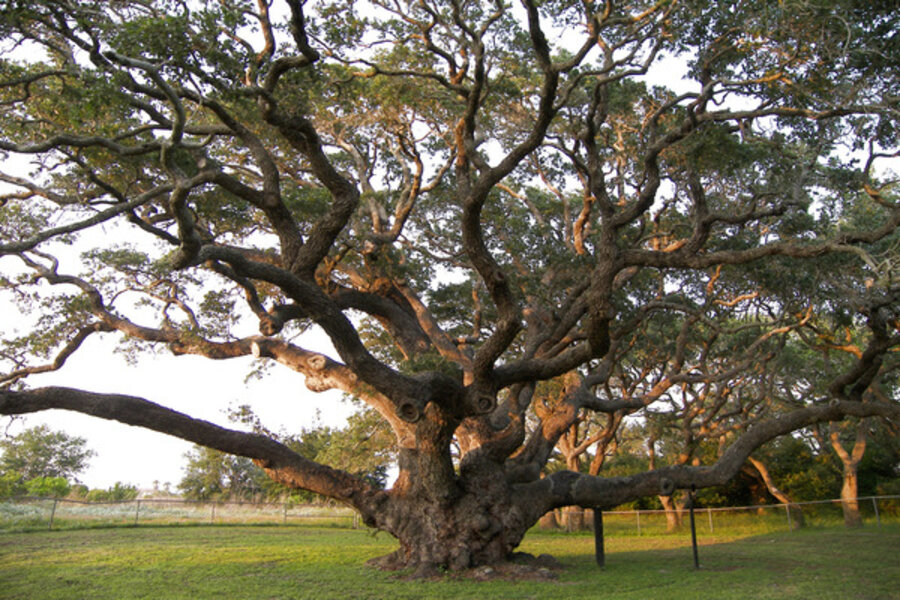The Auburn oaks and oaks in your yard
Loading...
Who would have thought that horticulture would be front-and-center on the sports page? Even make the network news? If you missed it, a fanatical University of Alabama fan — one account termed him a “wachadoo,” which is far too kind — poured tebuthiuron, a broad-spectrum herbicide also known as Spike, around a stand of Southern live oaks on the Auburn University campus.
And it’s not even football season!
A task force is working to save the trees
Originally, Auburn officials reported that the trees were unlikely to survive in Toomer’s Corner, the campus location of the trees and the traditional gathering spot for Auburn students and sports fans. But more recently, there seems to be hope.
And Auburn had already been growing seedlings of the original trees, which might serve as replacements if needed.
Another issue is that that the damage may not be limited to the majestic trees: “Tebuthiuron has all the characteristics of a material with a high potential for groundwater contamination,” according to the Extension Toxicology Network.
By any measure, bumping off trees that are more than 100 years old takes cheering for the home team to a new low. It makes kidnapping Billy, the Naval Academy’s goat, or Rutgers’ fans stealing a cannon from the Princeton campus look meek.
This act of silvicide was put to shame in the Clever Pranks Department in 1896, when enterprising Auburn students greased the train tracks just before Georgia Tech came to town. The train, unable to stop at the station, forced the Yellow Jacket fans to hike five miles back to the town. Auburn 45, Georgia Tech 0.
Oaks for colder climates
Southern live oaks, Quercus virginiana, aren’t hardy in Vermont, where I live, but are iconic in the South, where they are evergreen, or near-evergreen. Old trees may only reach 50 or 60 feet tall but can have a span of more than 100 feet, and trunks can grow 10 feet or more in diameter. Once established, the experts say, they will thrive in nearly any site that has good wind resistance.
We cold-climate gardeners aren’t without Quercus choices. Among the native species that I can grow are black, bur, chestnut, chinkapin, northern red, pin, scarlet, swamp white, and white oaks.
Years ago I took a basket of white oak acorns to my daughter Ellen’s preschool, and by June every child had a foot-tall tree to take home. The ease with which those acorns germinated gives credence to the ancedote of the19th-century admiral who supposedly tossed out acorns while walking the paths of Britain, announcing, “Another ship for Her Majesty’s Navy.”
Despite their reputation, most oaks aren’t especially slow growing, so even gardeners over 60 shouldn’t be be shy about adding small oak trees to their gardens. Or potting up an acorn or two.
As for Auburn’s oaks, concerned Alabama alumni have established a Tide for Toomers fund for nursing the trees, and replacing them if that’s necessary. GO TIDE!
-----
Karan Davis Cutler blogs regularly at Diggin’ It. She's a former magazine editor and newspaper columnist and the author of scores of garden articles and more than a dozen books, including “Burpee - The Complete Flower Gardener” and “Herb Gardening for Dummies.” She now struggles to garden in the unyieldingly dense clay of Addison County, Vt., on the shore of Lake Champlain, where she is working on a book about gardening to attract birds and other wildlife. To read more by Karan, click here.






